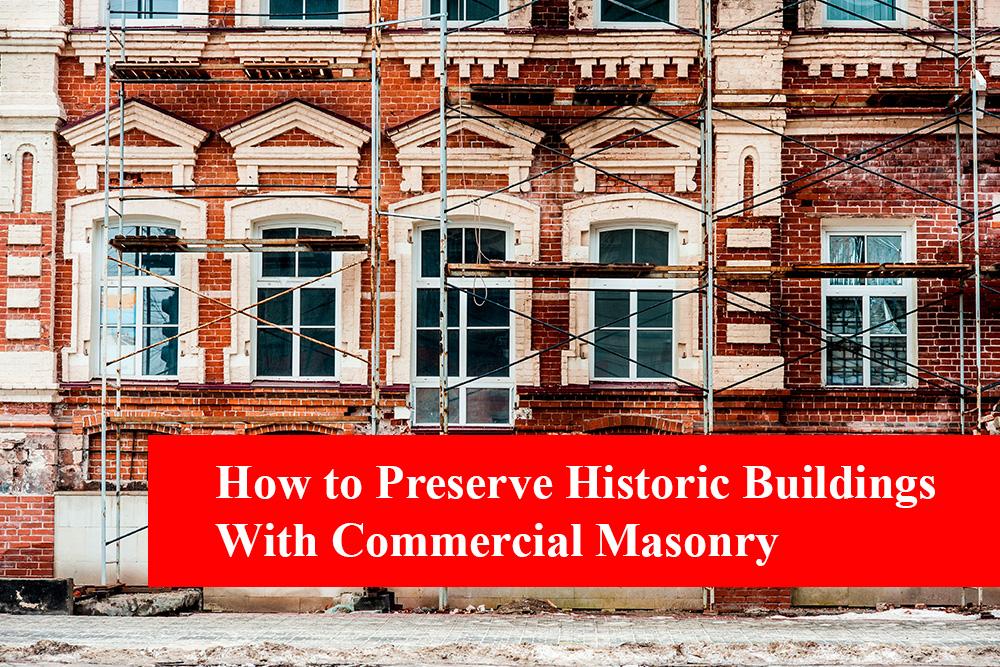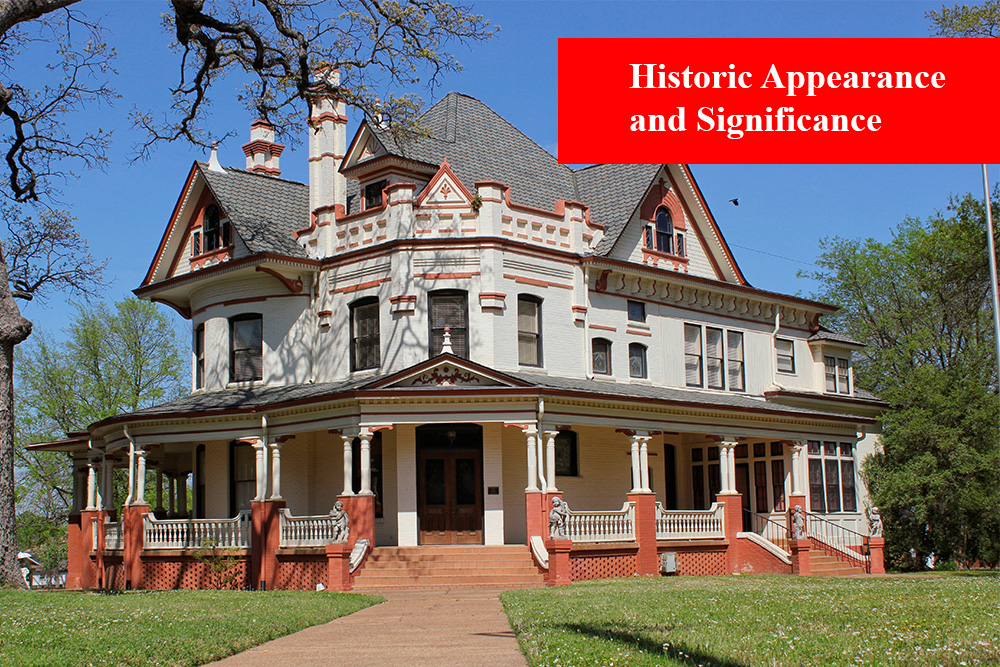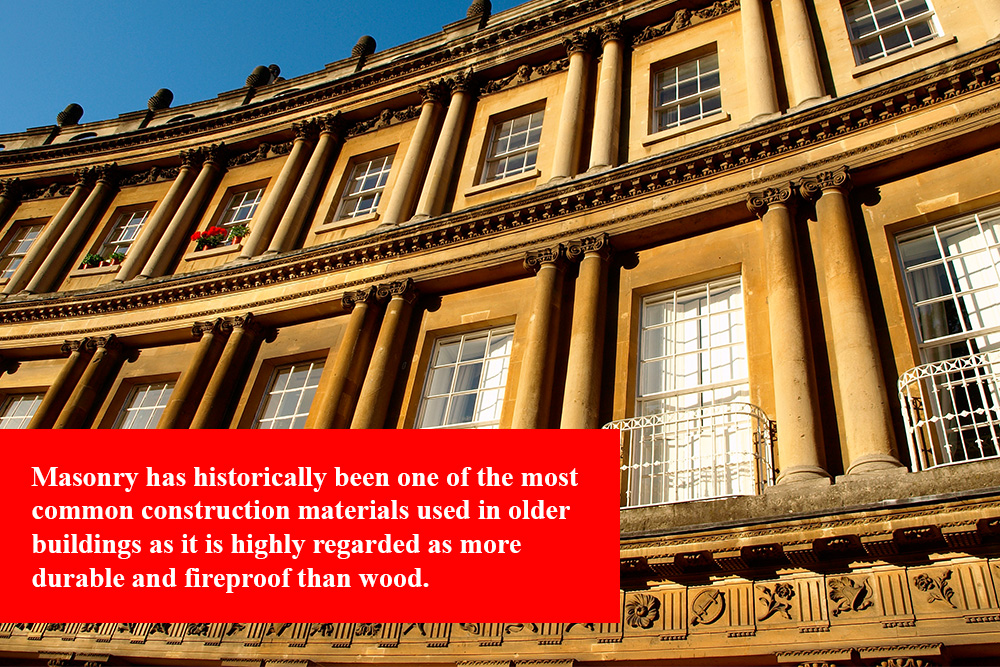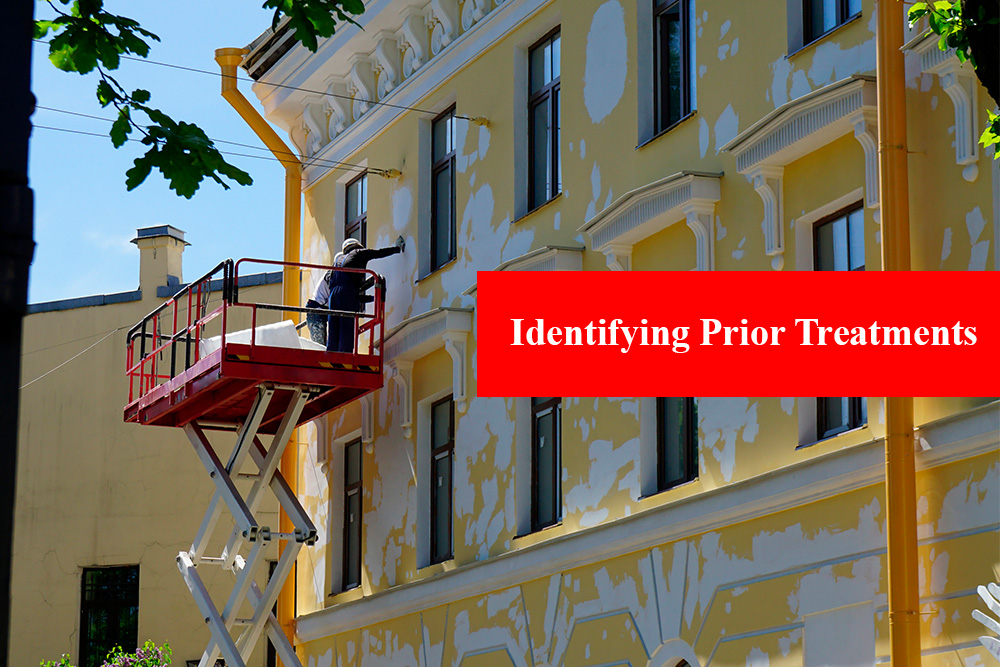
Commercial Masonry Services In The Greater Minneapolis Area
Masonry has historically been one of the most common construction materials used in older buildings as it is highly regarded as more durable and fireproof than wood. In fact, before the turn of the 20th Century, many municipalities had mandated buildings in their downtown districts be constructed of masonry. In support of this position, the durable properties of masonry allow buildings to stand for hundreds of years, and with proper care, these structures can last indefinitely. However, historic masonry structures will begin to succumb to the tests of time without regular professional maintenance.
Destructive environmental pollutants are common causes of damage to property and result in unsightly staining on commercial buildings in metro areas like Minneapolis and St. Paul. These contaminants include atmospheric impurities, automotive exhaust, dirt, grime, rust, salts, biological organisms, and water. Historic buildings must be regularly cleaned to prevent permanent damage and to protect their value. It is critical to understand that improper maintenance techniques can often cause irrevocable damage to historic buildings with commercial masonry.
Historic masonry can include stone and concrete as well as brick. Because each material possesses different properties, assessing the structure is the first step in deciding on a proper maintenance routine. After a proper assessment, cleaning is often followed by applying a water-repellent coating. However, as improper cleaning and coating applications cause damage to historic masonry structures, both operations should only be performed by personnel trained in historic building restoration. Following is a list of the main things to consider on the preservation of historic buildings with commercial masonry:
Stone Masonry Restoration
1. Identify What Must be Removed
It is crucial to accurately identify the type of contaminants that must be removed to select the cleaning method with the least potential for damaging the masonry. For example, soot and smoke require different and less aggressive cleaning methods than oil stains. Additionally, after removing ivy vines, biological organisms like mold, mildew, or tendrils require a different cleaning approach than inorganic matter.

2. Historic Appearance and Significance
It is essential to know if the unpainted masonry will be historically appropriate if removing paint. If the building was painted as a specific historic-period option, then it may be better to leave the paint in place as removing it may make the building less historically significant. However, if the building was painted to cover up poor repair jobs, those issues will need to be resolved after the paint has been removed. Note that older buildings are sometimes painted to protect soft or deteriorating masonry.

3. Identifying Building Materials
The building’s construction must be considered as inappropriate cleaning processes, and cleaners can harm the masonry and other materials. It can sometimes be challenging to differentiate between types of stone. For example, sandstone is easily confused with limestone and what looks like natural stone may be just cast stone or concrete. Other features that may appear as stone, such as decorative cornices, may be metal and not masonry.
4. Cleaning Objective
There are several reasons for cleaning a historic masonry building, so it is critical to determine if it is appropriate to clean the masonry and carefully consider the objective before making any decisions. Cleanings are usually done to improve the building’s appearance and retard deterioration by removing materials that can damage the masonry. Cleanings are also performed to provide a fresh surface before repainting mortars or to conduct a thorough inspection of the masonry.

5. Identifying Prior Treatments
Previous treatments should be investigated by examining building maintenance records, if possible. Old water-repellent coatings can darken or discolor the surface over time, and fully removing the discoloration may not be possible. Past repairs may have also been intentionally stained to match the surrounding area. Dissolved road salts can move into the pores of the masonry, and cleaning solutions can then draw the salts to the surface, where the salts will appear as a white powdery substance. This can often be removed with a second cleaning. Allowances for unknown factors, which can be a potential problem, should be included when investigating cleaning methods and materials. Just as more than one kind of masonry on a historic building may require multiple cleaning approaches, unknown conditions encountered may also require additional cleaning treatments. Because of these issues, any cleaning method should be tested on small and inconspicuous areas before being applied to the entire building.
6. Choosing the Right Cleaning Agent
The importance of testing cleaning materials and methods for masonry restoration cannot be stressed enough. Choosing cleaning agents that are incompatible with masonry often leads to disastrous results. Some acidic cleaners can harm marble and limestone and result in dissolution of the stones. While an acid-based cleaner may not harm sandstone, it may dissolve other masonry substrates. Additionally, some types of sandstone can be damaged by just plain water. Even when the masonry material is correctly identified, some substrates may contain impurities, like iron deposits, that can react negatively with a particular cleaner. Due to so many variables, any cleaning method used on a historic masonry building must be considered specific to that particular building.

7. Cleaning Methods
Masonry cleaning methods are divided into the four major groups of water, chemical, abrasive, and laser:
1) Water methods are designed to loosen dirt and soils and rinse off the loosened deposits.
2) Chemical cleaners react with a contaminant to dissolve the molecular bonds that hold the contaminant to the substrate.
3) Abrasive cleaning methods include blowing a media, such as sand or plastic beads, against the surfaces or using a grinding or sanding disk to remove the contaminants mechanically.
4) Laser cleaning is not widely used yet. Laser cleaning heats the surface, causing the molecular bonds in the contaminants to release their purchase. However, laser cleaning is costly and only feasible for small areas.
While it may seem counterintuitive, cleanings should start at the bottom and move upward. This is because when cleaning is started at the top, the dirty solution running downward can stain dry masonry surfaces, whereas it will readily rinse off a wet surface.
Historic masonry must have regularly scheduled professional cleanings and assessments to determine if an application of a water-repellent treatment is warranted. However, both of these procedures can have catastrophic consequences for historic buildings if not done correctly. Epic Masonry Restoration has over 20 years of experience preserving historic commercial masonry. We offer state-of-the-art techniques to both extend the life of your masonry and enhance its visual appeal, so your property always makes a great first impression.
Commercial Masonry St Paul
We use effective cleaning processes that involve a gentle pressure washing technique to safely dissolve and flush away contaminants and restore your commercial property’s appearance and color uniformity. As your commercial masonry contractor, our sole responsibility is to make your historic building look its best. Epic Masonry Restoration offers a wide range of solutions to preserve, restore and protect commercial properties. If you have a building with commercial masonry in St. Paul or masonry in Minneapolis, contact us today at 1-612-353-4646 for an estimate or visit us online at EpicMasonryRestoration.com
